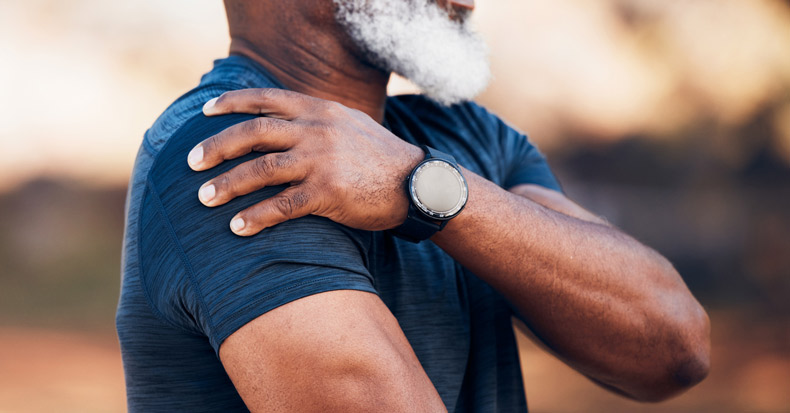Shoulder injuries are a common complaint, affecting approximately 40 out of every 1,000 people each year. While the causes of shoulder pain and dysfunction vary, they all share one frustrating trait: they tend to heal slowly. In fact, many clinical guidelines published around the world recommend longer treatment durations for shoulder complaints compared to other soft tissue injuries. That raises the question—why does the shoulder take so long to recover?
The first reason is structural complexity. The shoulder isn’t just one joint; it’s four interconnected joints that make up what’s known as the shoulder girdle. These include the sternoclavicular joint, located near the breastbone where the clavicle connects; the glenohumeral joint, which is the main ball-and-socket joint that allows for overhead movements and throwing; the acromioclavicular joint, where the clavicle joins the acromion of the scapula; and the scapulothoracic articulation, where the shoulder blade glides along the rib cage. Because these joints share soft tissues and must move in harmony, it’s difficult to rehabilitate one joint in isolation. When one joint is injured, compensatory movement patterns often develop in the others, raising the risk of additional injury. To make matters more challenging, certain regions of the shoulder have limited blood supply, which slows the delivery of oxygen and nutrients essential for tissue healing.
The second reason involves the shoulder’s incredible range of motion. It is the most mobile joint in the human body, capable of complex, multidirectional movement. However, that mobility comes at a price—reduced stability. Unlike more stable joints like the hip, the shoulder relies almost entirely on soft tissue structures such as muscles, ligaments, and tendons to maintain its position during activity. When these stabilizing structures are injured, restoring their strength and coordination takes time, especially if pain inhibits normal use.
A third factor is that the shoulder is more prone to severe or high-impact injuries than many other joints. Its structural design favors flexibility over durability, leaving it more vulnerable during forceful or repetitive movements—particularly in sports or jobs that involve overhead motions. Because it lacks strong bony architecture to protect it, and because many activities push the joint to the end of its range of motion, even minor injuries can cause significant tissue disruption. This is especially true for athletes who throw, swim, or play racket sports.
Finally, healing is influenced by the age and injury history of the shoulder. As we age, our body’s ability to heal declines. This is due to reduced collagen production, fewer blood vessels, slower stem cell activity, hormonal changes, and increased oxidative stress. Chronic illnesses such as diabetes or cardiovascular disease further impair healing capacity. And if someone has injured their shoulder in the past, the presence of scar tissue, structural irregularities, or residual instability can make recovery from a new injury even more difficult.
Doctors of chiropractic are well-trained in using manual therapies and customized rehabilitation exercises to restore shoulder function. However, as outlined above, recovery is typically not quick or straightforward. Improvement usually requires more than just a few visits, especially if patients do not consistently follow self-care and home exercise recommendations.
